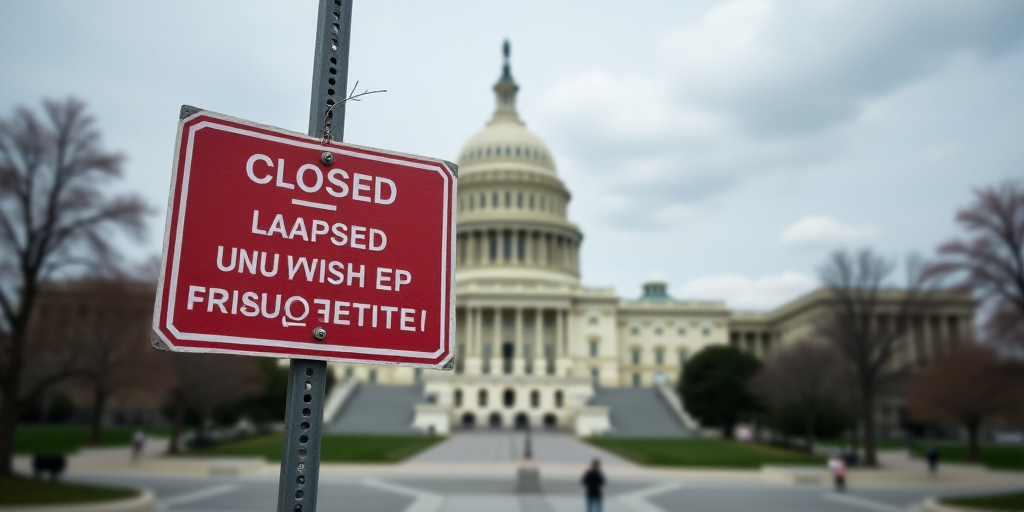Background on Key Players and Context
The United States government initiated a partial shutdown on October 1, 2023, as Democrats and Republicans remained at odds over a budget extension. The standoff has been ongoing since the House of Representatives approved a temporary spending bill, which subsequently stalled in the Senate. With a 53-seat majority, President Trump’s party falls short of the required 60 votes needed to pass a spending bill.
Who’s Involved?
- President Trump: The incumbent president, whose administration is driving the push for a budget extension.
- Congressional Democrats: Led by Senator Chuck Schumer and Representative Hakeem Jeffries, they demand the restoration of healthcare funding for low-income families.
- Congressional Republicans: Accuse Democrats of attempting to maintain pre-pandemic healthcare spending levels and oppose their demands.
Key Events and Developments
The Senate failed to pass a Republican-proposed spending bill for the third time in less than 24 hours, leading to the partial government shutdown. The White House warned of “imminent” furloughs as agencies prepare to implement cuts.
Senate Vote Failures
- The Senate required a supermajority of 60 out of 100 votes to pass the spending bill, which Republicans lacked.
- Only three Democrats voted in favor of the bill during the last vote, mirroring the previous night’s outcome.
Budget Extension Stalemate
The temporary budget extension, which would fund operations until November 21, has been blocked since the House of Representatives approved it narrowly along party lines.
Impact on Federal Employees
According to the Congressional Budget Office (CBO), approximately 750,000 federal employees are affected by this shutdown. Some have been instructed to stay home without pay, while others must continue working without compensation until the extension is approved.
Partisan Divide
- Democrats: Seek to restore hundreds of thousands of dollars in healthcare funding, particularly for the Obamacare program targeting low-income households.
- Republicans: Accuse Democrats of attempting to maintain pre-pandemic healthcare spending levels.
Government Shutdown Consequences
Economists predict that each week of the shutdown could reduce US GDP growth by 0.2 percentage points, according to Nationwide analysts.
Fund Freeze
The Trump administration froze $26 billion in funds for states with Democratic majorities, targeting their priorities. Programs affected include $18 billion for public transportation projects in New York and $8 billion for green energy initiatives in 16 states governed by Democrats.
Credit Rating Agencies’ Stance
Fitch and S&P Global Ratings have stated that government shutdowns generally have a minor impact on the overall economy and do not constitute credit events for US sovereign ratings.
- Fitch: Expects the US’s sovereign credit status to remain strong, supported by the dollar’s dominant position as a reserve currency.
- S&P Global: Warns that accumulated secondary effects, such as reduced spending by furloughed workers and delayed economic data releases, could eventually impact the Federal Reserve’s decision-making.
Unresolved Shutdown and Future Outlook
Efforts to swiftly end the government shutdown have failed, with Democrats refusing to support a Republican-backed bill that would have temporarily reopened the government. The Senate postponed voting until Friday, dashing hopes for a quick resolution.
Around 750,000 federal employees are expected to be placed on unpaid leave, while essential workers like military personnel and border agents may be forced to work without pay. The Air Traffic Controllers Association has raised concerns about aviation safety, as over 2,300 members have been sent home.






